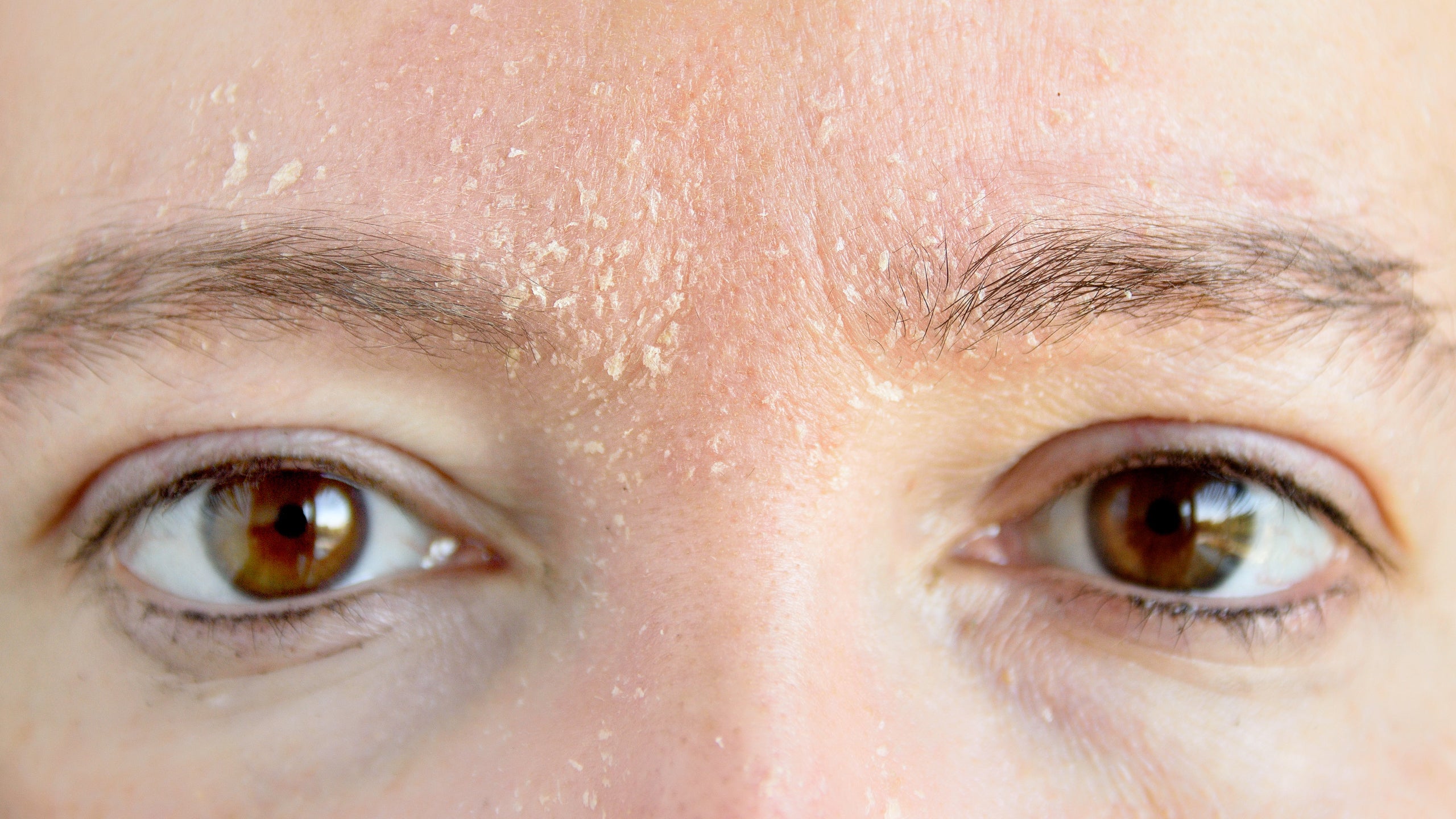Have you found a dry patch on your face? Several factors could have contributed to dry, flaking skin on your face — or anywhere else on the body.
Environmental factors like the weather as well as topical products in your bathroom cabinets can affect the moisture levels in your skin.
Here’s the good news: You don’t have to deal with those dry, itchy patches indefinitely.
Depending on what's causing your dryness, there are several tips and tricks that can help restore moisture to your skin.
What to Do About Dry, Flaky Skin on Your Face
1. Use a Gentle Cleanser
When you’re managing dry skin, there are several ingredients you may want to avoid to help prevent drying or irritating your skin more.
Some of these — like sodium lauryl sulfate (SLS), sodium laureth sulfate (SLES), and drying alcohols — may be hiding out in your cleanser.
Harsh cleansers containing ingredients that strip your skin of its natural sebum and irritate your skin barrier can contribute to dry skin.
That’s why we recommend opting for a gentle cleanser when washing your face.
2. Moisturize
After cleansing your skin, always be sure to moisturize. You can choose from lotions, creams or ointments designed for dry, sensitive, or eczema-prone skin. Look for products that are moisturizing and hydrating and are free of fragrances and other common irritants and allergens.
3. Adjust Shower Habits
Long, hot showers may feel relaxing, but they aren’t great for your skin. By using warm water instead of hot water and shortening the length of your shower to 5–10 minutes, you can help preserve the natural moisture in your skin.
4. Use a Humidifier
Did you know that running an air conditioning and heating in your home or office space pulls the moisture out of the air? Dry air can lead to dry skin, especially in dry climates or during the winter months. The good news: using a humidifier can help replenish moisture in the air. Place your humidifier in rooms where you spend a lot of time, such as a bedroom or home office. Be sure to clean your humidifier regularly to prevent mold, bacteria, or fungus from growing.
5. Practice Safe Sun Habits
If you’ve ever spent too much time out in the sun (haven’t we all?), you know just how drying the sun can be. If you’re already experiencing sensitive, flaking skin, avoiding prolonged exposure to the sun’s powerful rays is even more important.
Protect your face by wearing a visor or hat and applying sunscreen regularly.
How to Remove Dry Skin From Your Face
Exfoliation generally isn’t recommended for people with dry or sensitive skin. Over-exfoliation can break down the skin barrier and make conditions like eczema or rosacea worse. Talk to your dermatologist or PCP about whether exfoliation is appropriate for your skin. If so, opt to exfoliate gently.
More often than not, we don’t recommend touching or toying with dry patches on the face. However, if your flaking skin is coming off in large patches and you’d like to remove the excess skin from your face, it is possible.
You may want to try using a damp washcloth or natural sponge to help remove the excess skin. Simply apply light pressure and gently rub the skin in a circular motion.
Avoid exfoliating your skin more than once a week. And remember: if your skin is irritated and inflamed, avoid face scrubs that include harsh exfoliators, because they can make irritation worse and even cause cuts in the skin.
Managing Dry Skin
Dealing with dry skin on your face can be frustrating - but there are steps you can take to restore moisture to your skin.
If you try the tips listed above and your dry skin continues, be sure to make an appointment with your dermatologist or healthcare provider for a personalized treatment plan. There is hope for glad skin that looks smooth and supple — and retains moisture!
Balance Your Skin Microbiome with Gladskin Eczema Cream with Micreobalance®
Billions of good and bad bacteria live on the skin surface, creating what’s called “the skin microbiome.”
When the bad bacteria begin to grow and outnumber the good bacteria, symptoms can appear on the skin surface — including dryness, redness, flaking, itching, and burning.
Gladskin Eczema Cream with Micreobalance® restores bacterial balance to the skin microbiome, supporting the skin’s natural healing process. It’s steroid-free, minimally formulated, and clinically proven to reduce eczema symptoms. Learn more.
